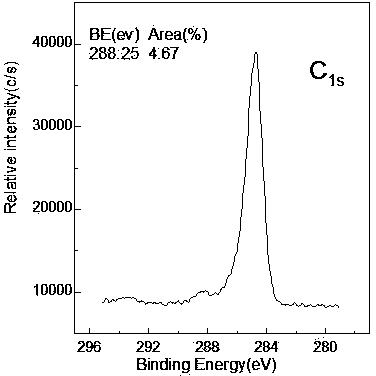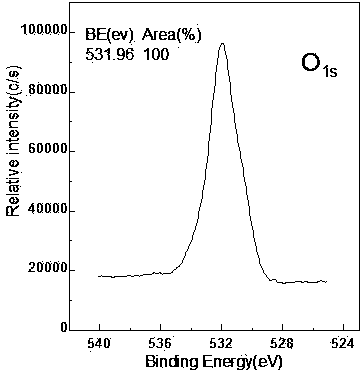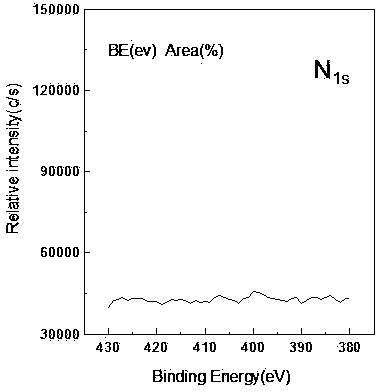Method for grating polymerized ammonium sulphonate inner salt on surface of glass
An ammonium sulfonate inner salt, glass surface technology, applied in the direction of coating, etc., to achieve good anticoagulant effect
- Summary
- Abstract
- Description
- Claims
- Application Information
AI Technical Summary
Problems solved by technology
Method used
Image
Examples
Embodiment 1
[0023] A method for grafting polyammonium sulfonate inner salt on glass surface, comprising the steps:
[0024] 1. Glass surface activation
[0025] The glass slide (Glass) was cut into 5 mm×10 mm, and ultrasonicated in N,N-dimethylformamide, absolute ethanol and deionized water for 1 min to remove undissolved organic impurities. Then immersed in freshly prepared Piranha solution [V (98% concentrated H 2 SO 4 ):V(30%H 2 o 2 )=7:3] at 60°C for 30 minutes to make the surface hydroxylated. Take it out after the predetermined time, wash it with a large amount of deionized water, N 2 Blow dry (Glass-OH). Then put the hydroxylated glass flakes into a xylene solution of 0.5-2mol / L γ-methacryloxypropyltrimethoxysilane (MPT), and react under reflux for 6-24h. After the reaction, the glass slides were washed with toluene and absolute ethanol, and dried in vacuum at room temperature (Glass-MPT).
[0026] 2. Grafting ammonium sulfonate inner salt monomer on glass surface
[0027]...
PUM
 Login to View More
Login to View More Abstract
Description
Claims
Application Information
 Login to View More
Login to View More - R&D
- Intellectual Property
- Life Sciences
- Materials
- Tech Scout
- Unparalleled Data Quality
- Higher Quality Content
- 60% Fewer Hallucinations
Browse by: Latest US Patents, China's latest patents, Technical Efficacy Thesaurus, Application Domain, Technology Topic, Popular Technical Reports.
© 2025 PatSnap. All rights reserved.Legal|Privacy policy|Modern Slavery Act Transparency Statement|Sitemap|About US| Contact US: help@patsnap.com



